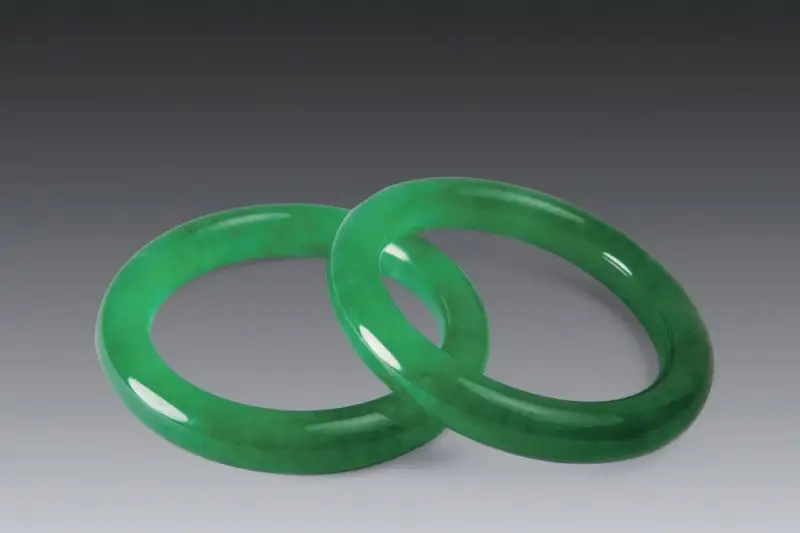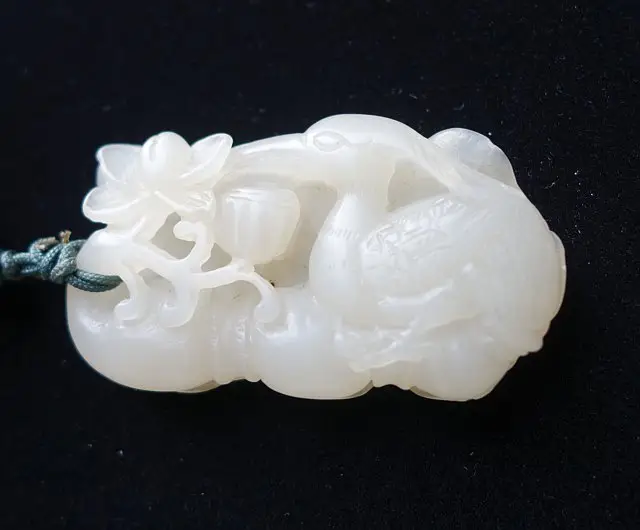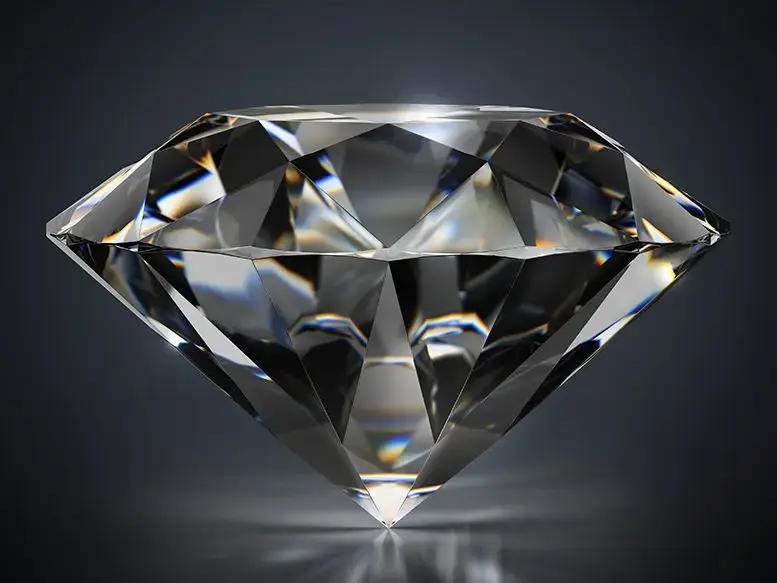Introduction
Jadeite Jade, known in Taiwan as “輝玉”, is commonly referred to as “硬玉” or “翡翠” in China. Because gemstone-quality jadeite mainly originates from Myanmar, it is also called “Burmese Jade” in the market.
The term “硬玉” (Jadeite) originated from the belief that jadeite is generally harder than “軟玉” (Nephrite). However, Professor Tan Liping of Taiwan University discovered that some Taiwanese nephrite may have a higher hardness than jadeite, leading him to recommend that jadeite be corrected to “輝玉” by Taiwan’s National Compilation and Translation Center.
Jadeite Jade
- Chemical composition: Sodium aluminum silicate [NaAl(SiO3)2], with colors influenced by iron, chromium, and manganese.
- Crystal system: monoclinic crystal system
- Mineral types: Jadeite, omphacite, sodium-chromium pyroxene, aegirine.
- Structure: Granular and interlocking texture.
- Color: red, orange, yellow, green, purple, black, white
- Hardness: 6.5-7
- Specific gravity: 3.30-3.36
- Refractive index: 1.66
- Origin: Myanmar, Russia, Japan, Guatemala
Commercial Value of Jadeite
The color of jadeite is one of the primary factors in evaluating its value, other standard includes texture, transparency and base. Among various colors, vivid green, also known as imperial green, is considered the most precious.
With the same transparency and quality, the value of jadeite can vary by ten to even a hundred times depending on its color. For example, a bracelet made from decent-quality brownish-red or purple jadeite might be worth several million New Taiwan Dollars, but green jadeite could fetch tens of millions.
Texture
The Texture refers to a commercial classification of jadeite based on overall quality, including color, transparency, and texture. “Glass type” jadeite has high transparency and clean texture; “Ice type” is slightly less transparent and clean than glass type; “Icy grain” has good translucency but less clarity, giving a hazy appearance; “Bean type” has coarse grains and usually lower translucency; and “Iron Dragon Type” generally refers to highly saturated green but almost opaque jadeite made of sodium-chromium pyroxene.
Color
The “color” of jadeite refers to its hue, differentiating it from nephrite, which is known for its texture in Chinese culture. Jadeite is prized for its color, and in gemology, the grading and description of color primarily follow the system developed by GIA, which includes three key elements: hue, tone, and saturation.
Hue refers to the definition of the color, tone indicates the lightness or darkness of the color, and saturation refers to the vividness or intensity of the color.
Due to jadeite’s uneven polycrystalline structure, in addition to the above principles, the “uniformity” of the color must also be considered. These four factors—hue, tone, saturation, and uniformity—are summarized by the evaluation criteria known as “Hue, Tone, Saturation, Uniformity”. Since jadeite’s color directly influences its value, grading its color is of utmost importance. The basic principle of jadeite color grading is based on these four key characteristics.
- Hue: The purer the hue, the higher the grade.
- Tone: Meaning the depth or intensity of the color. The best tone is when it is neither too light nor too dark.
- Saturation: bright, vivid, and fully saturated colors are considered more valuable.
- 帶色一分Uniformity: When the color is evenly distributed across the surface, it is often called “滿色” in Chinese, meaning “full color.” If only 10% of the surface has color, it’s called “帶色一分” and so on.
Transparency
The “水頭” of jadeite refers to its transparency. Jadeite can range from highly transparent to completely opaque.
In the terminology of raw jadeite trading, the transparency is often referred to in terms of “水.” “水長” means high transparency, while “水短” refers to low transparency. Commercial classification of jadeite is also mainly based on transparency, with “Glassy species” allowing light to penetrate through 6-9mm of the stone.
Base
The base of jadeite refers to the quality of its texture and material, essentially describing the base color and texture of the jadeite after excluding the green parts. It denotes the foundational background color and grain, and sometimes the term also encompasses transparency, forming an overall visual assessment of the jadeite.
For example, “Glassy base” refers to jadeite that is as pure and transparent as glass; “Icy base” refers to jadeite that is slightly less transparent than glass but still clear like ice; “Hibiscus base” describes jadeite that is slightly transparent with a faint pinkish-green hue like a lotus; “Bean base” refers to jadeite with a coarse texture resembling beans; and “Milky base” refers to jadeite with a fine texture and a milky white color.



